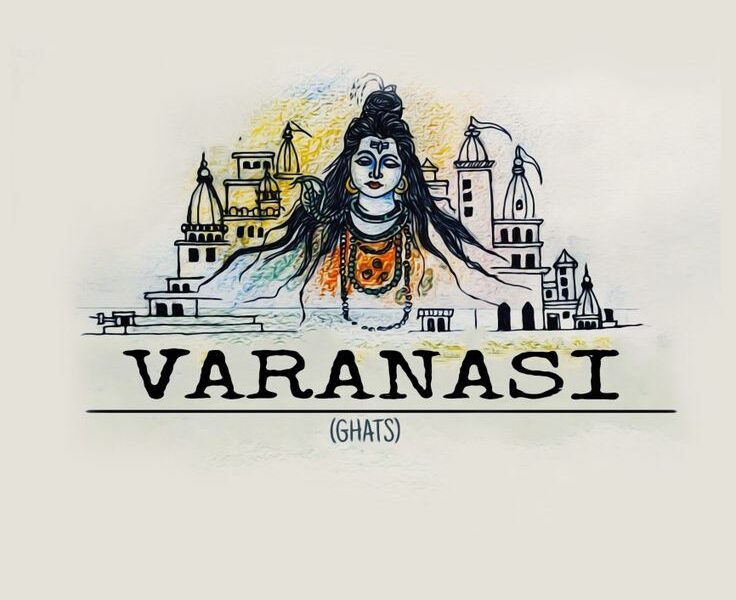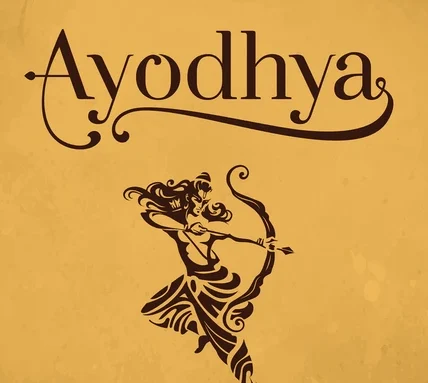Kashi, or Varanasi, is one of the most ancient continuously inhabited places globally, rich in spiritual, cultural, and historically worth. Varanasi’s memorable ghats—steps descending to the holy Stream Ganges—lie at its core. These ghats serve as both a conceptual wonder and the heart of the city’s every day and spirituality activities. The inclines provide a distinctive glimpse into the essence of India, from the enchanting Ganga Aarti to the serene early-morning boats cruises.
The Spiritual Essence of the Ghats
1. Dashashwamedh Ghat
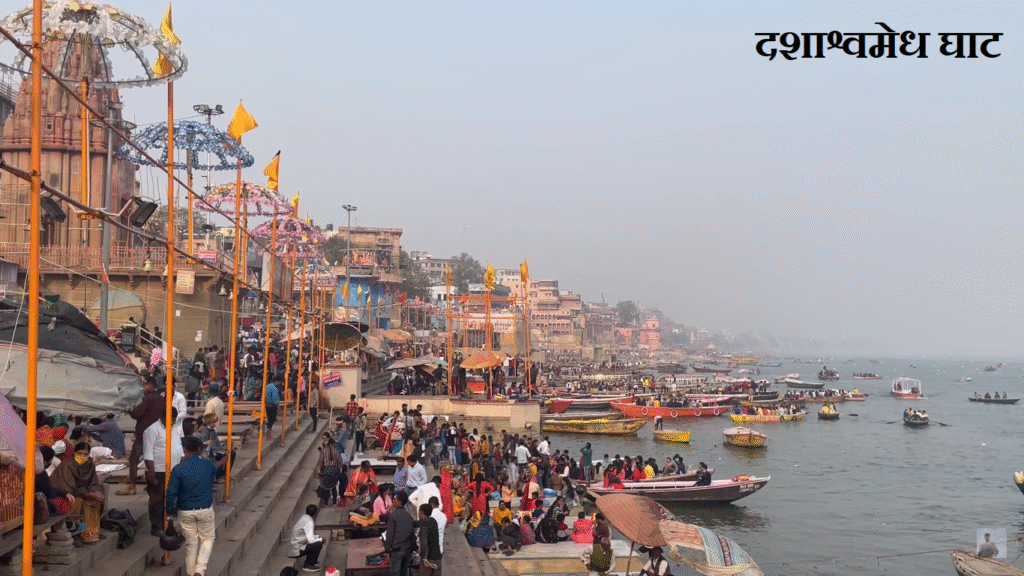
Dashashwamedh Ghat, situated close to the Kashi Vishwanath Temple, is Varanasi’s most famous notable ghat. It holds the magnificent Ganga Aarti every single evening time, a traditionnel deliverance to the River Gange that draws thousands of devotees and visiting guests. Beginning at twilight, the aarti runs for around 45 instants, with its timetable modulating from 6:00 PM to 7:00 PM regarding on the period.
2. Manikarnika Ghat
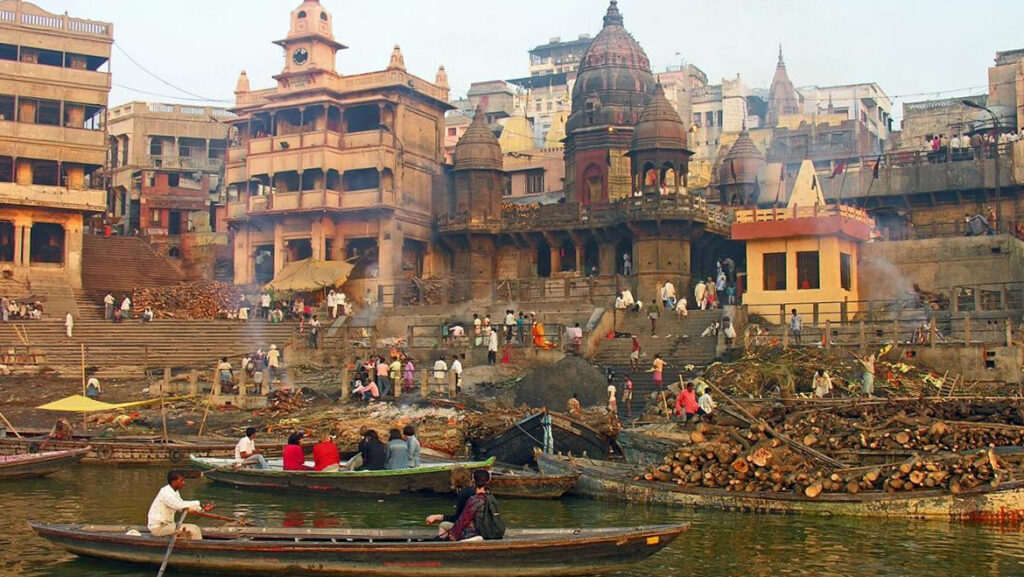
In Varanasi city, one of the most famous revered mortification places is Manikarnika Ghat. People believes that those people who are exhumed at this place achieved ‘moksha’ or liberation from the cycle of rebirth. The ghat carries deep religious importance, embodying a balanced transition between life and expiration.
3. Harishchandra Ghat

Just like Manikarnika, Harishchandra Ghat serves as a significant mortification memorial. This ghat, denoted after the legendary King Harishchandra, famed for his obstinately dedication to truth, has served as a cremation ground site for hundreds of years. It provides a distinctive perspective on the practices related to death in Hindu-based traditions.
4. Tulsi Ghat
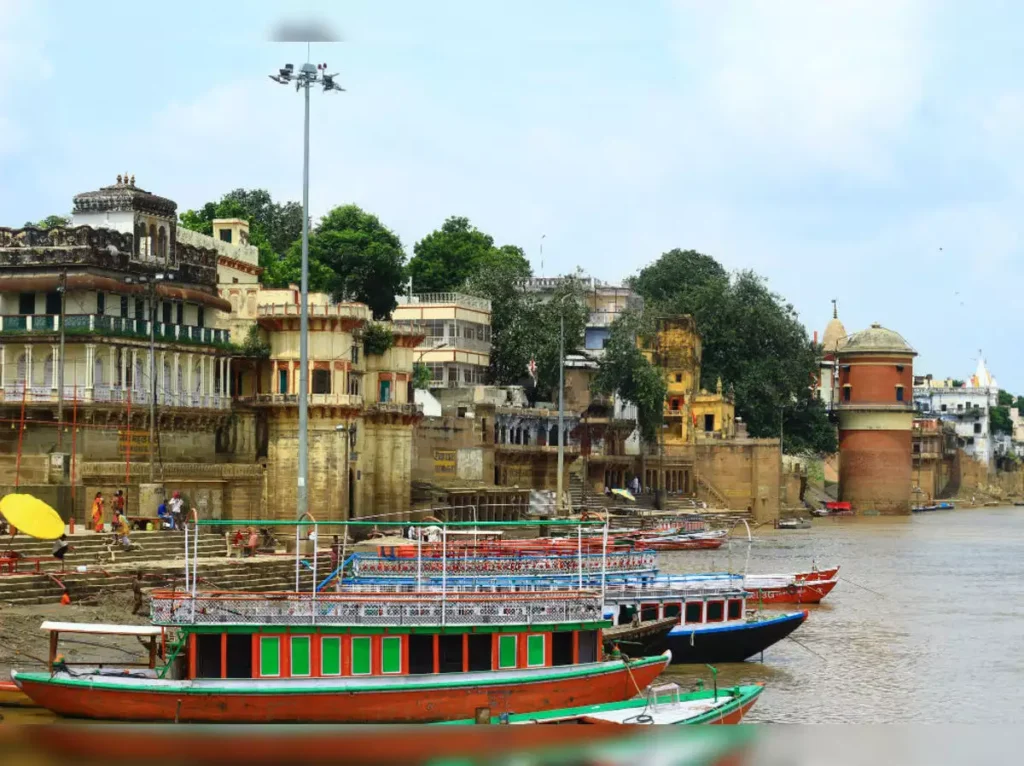
Tulsi Ghat, renamed after the writer Tulsidas who penned the Ramcharitmanas in this location, is renowned for its cultural and spiritual events. During the Hindu month of Kartika, it participates in the Krishna Lila and is linked to the Lolark Sasthi ritual, which aims for the good health of sons.
The Ganga Aarti: A Divine Spectacle

One of the most enchanting religious ceremonies in India is the Ganga Puja at Varanasi’s Dashashwamedh Ghat. The celebration, occurred each evenings at 6:30 PM, is a grand event wherever religious leaders engage in rhythmic praise, singing deeply religious phrases, and tribute burns to the holy Ganges Stream. The Aarti features the lighting and synchronized waving of large brass lamps, resulting in a captivating visual display. The air is perfumed with incense, and the sounds of whistles, drums, and submerged shells resonate as worshippers chant praise songs and immerse individually in the river’s heavenly intensity.The Ganga Aarti represents thankfulness toward the river, honored as a goddess that sanctifies and blesses everyone who approaches her. The backdrop of old temples and the moving burning lamps on the river enhance the otherworldly exploration. It represents not merely a ceremony but also a profound link to religious, culture, and custom.
Famous Temples Along the Ghats
1. Kashi Vishwanath Temple

The Kashi Vishwanath Temple, devoted to Lord Shiva, is a major devotional destination and one of the twelve Jyotirlingas. Situated close to Dashashwamedh Ghat, the temple arrangement serves as a focal point for religious people visiting the hills.
2. Vishalakshi Temple
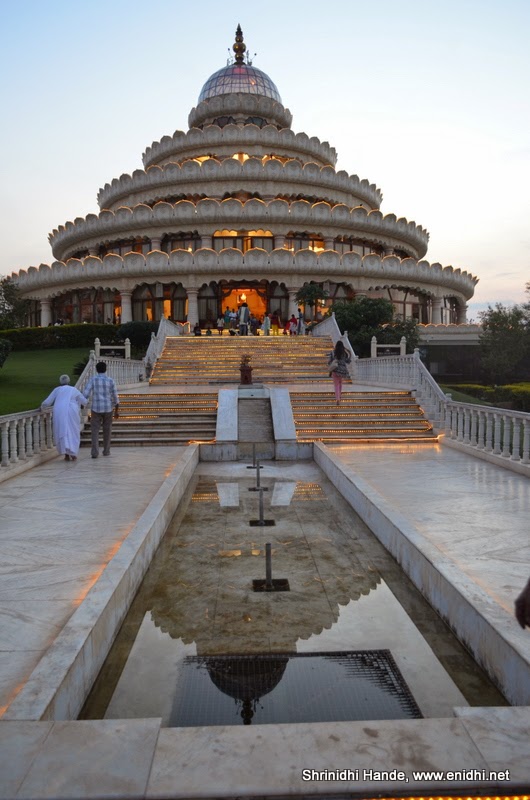
Vishalakshi Temple, located close to the Vishwanath Temple, is devoted to Divinity Vishalakshi, who is a form of Parvati. Regarded as one of the Shakti Peethas—sacred sites honoring the goddess—it holds great importance for worshippers searching gratifications for marital peacefulness and offspring.
Top Things to Do in Varanasi
Boat Tour at Dawn: Enjoy a tranquil boat ride along the ghats of the Ganges at sundown, observing morning sunrise traditions and the neighbourhood coming to life.
Photography: Document the vivacious life and emotional spirit of Varanasi city throughout photographs, spanning the lively ghats to the serene river vistas.
Explore the Blessed Locations: Uncover the numerous religious symbols edifices along the ghats, each with its own unique past and significance.
Suffer with the Ganges Aarti: Participate in the enchanting evenings Ganga Aarti at Dashashwamedh Temple Ghat, a captivating spirituality experience.
Explore the Ghats Sites Attracts: Walk through the ghats, each displaying its own distinct character, and observe the daily rituals and activities of the local society.
Best Time to Visit Varanasi
To optimize your visit to Varanasi city, plan your journey during the frosty months (November–February), when the weather is chilly and pleasant—ideal for outings and farming activities. The humidity levels ranging from 5°C to 20°C make the climate prediction promisingly for exploring the city’s religious structures, hillsides, and vibrant areas. This period coinciding with important spiritual festivities like Kartik Purnima Day and Makar Sankranti, offering a unique historically confrontation.The summer months (March to June) can be particularly hot, with humidity exceeding 40°C, while the monsoon duration (June to September) brings extensive rains, leading to travel less ideal during that time. Thus, a winter visit guarantees a more pleasurable and unforgettable journey to encounter the spirituality and historically core of Varanasi City.
Places to Visit Near Varanasi
Sarnath temple: Situated approximately 10 km from Varanasi city, Sarnath’s the site of Lord Buddha’s earliest predicament. The location includes historical caves, sanctuaries, and a collection.
Chunar Fort: Located about 40 km from Varanasi, Chunar Fort provides historically revelations and sweeping views of the Ganges.
Ramnagar Palace Fort: Situated in on the Ganges’ opposite bank, this fort is famous for its museum and the yearly Ram Nagar Ramlila event.
Varanasi Photography Tips
Golden Period: The light during the early morning and late afternoon offers the best circumstances for photographing the ghats and rituals.
Encouraging Privacy: Always seek consent before taking photos of people, particularly during spiritual events.
Instruments: To photograph the lively action along the ghats, a DSLR or mirror-less camera with an expanded lens is recommended.
Cultural Events in Varanasi (2025)
In 2025, Varanasi—India’s spirituality and artistic heart—will host a number of lively ceremonies, providing visitors with an opportunity to immerse themselves in its diverse heritage.
Ganga Celebration (October 29 – November 2, 2025):
This five-day festival showcases classical music performances, boat races, and a crafts fair. Dev Deepawali marks the festival’s peak on Kartik Purnima, when more than a million light balls light up the platforms.
Sankat Mochan Sangeet Samaroh (April 16 – 21, 2025):
A six-day music festival held at the Sankat Mochan Hanuman Temple, featuring demonstrations of Indian traditional and Bollywood film instruments.
Banaras Literature and Art Festival (March 7–9, 2025):
This festival, hosted at Taj Ganges, assembles more than 500 artists, writers, and intellectuals, showcasing discussions, cultural performing activities, and book release launches.
Nag Nathaiya (November 2025):
This extraordinary event reenacts Lord Krishna’s triumph over the serpent Kaliya at Tulsi Ghat, drawing in many millions of onlookers.
Kashiyatra Event (March 7 – 9, 2025):
An energetic youth festival at Banaras Hindu University, showcasing historical contests, music, and dance acts.
In 2025, these events provide a distinctive chance to immerse oneself in the diverse cultural fabric of Varanasi City.

